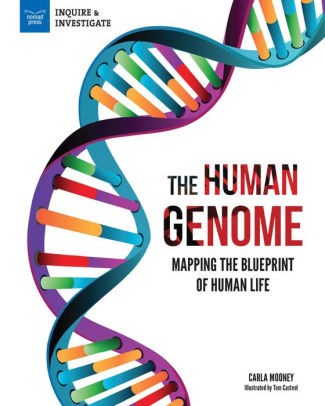An Economist’s Lessons on Happiness
The Easterlin paradox is a finding in happiness economics formulated in 1974 by Richard Easterlin, then professor of economics at the University of Pennsylvania, and the first economist to study happiness data. The paradox states that at a point in time happiness varies directly with income both among and within nations, but over time happiness does not trend upward as income continues to grow. It is the contradiction between the point-of-time and time series findings that is the root of the paradox.
Does money make you happy? This is one of the questions addressed in the book.
Richard Easterlin says :
In considering the effect on happiness of increasing income, we saw that because of interpersonal comparison, the reference level for income (the incomes of others) tends to increase along with one’s actual income, and happiness remains unchanged. By contrast, when intrapersonal comparison chiefly determines the reference level, as it does for health, the happiness outcome is different. The reference level for health is rooted in past experience and usually changes much less than the reference level for income
And on the Happiness Revolution,
Here it is: The Happiness Revolution. Whereas the two prior revolutions, the Industrial Revolution and the Demographic Revolution, led to a transformation in people’s objective circumstances, as indexed by the multiplication of real GDP per capita and life expectancy, the principal concern of the Happiness Revolution is different and calls for a different kind of measure. Which is? “What people have to say about themselves,” Andy offers. “Specifically, people’s feelings about their lives as a whole.” Yes! This revolution centers on people’s feelings—how happy they are and how satisfied with their lives. It becomes a revolution, the Happiness Revolution, when the findings show a marked improvement in people’s feelings of well-being, i.e., their subjective well-being. And this is what’s happening now!
A controversial view. You may agree or not, anyway, a recommended reading.












